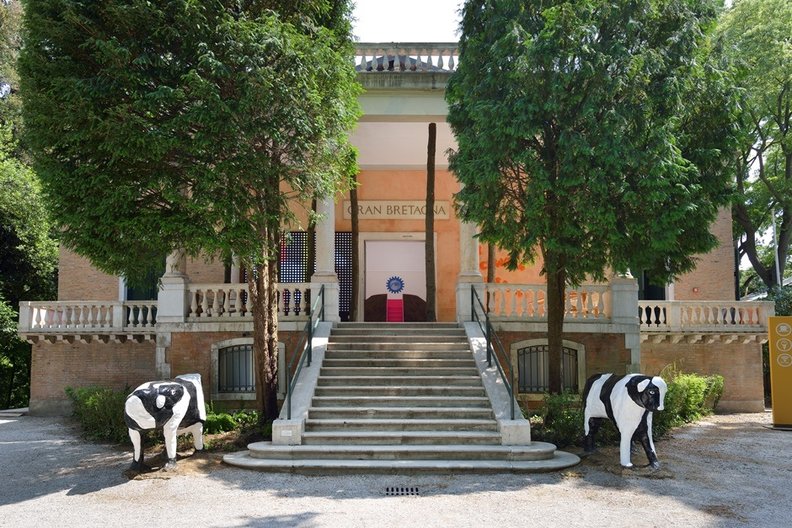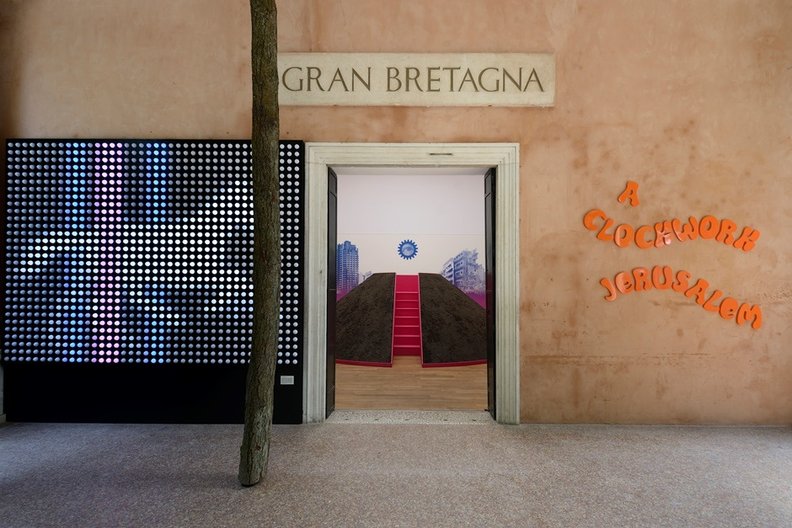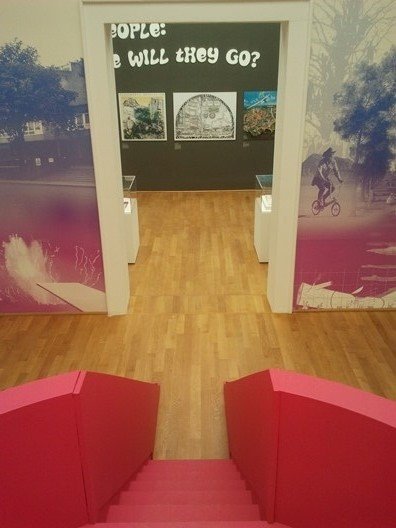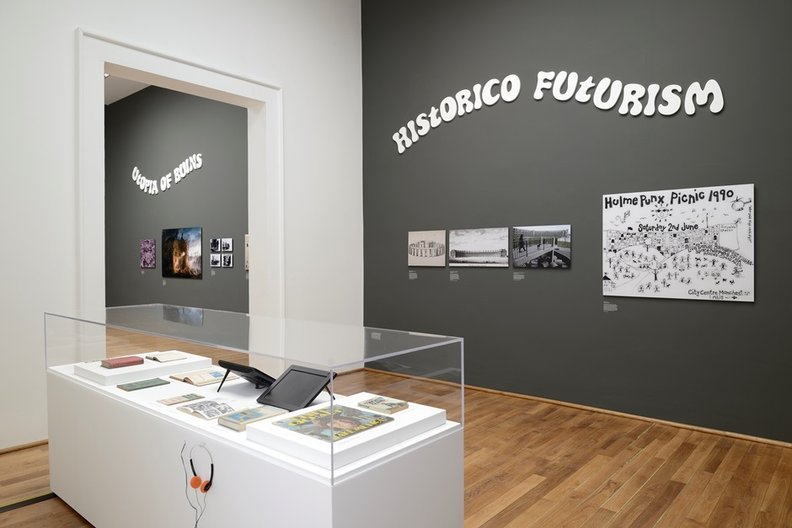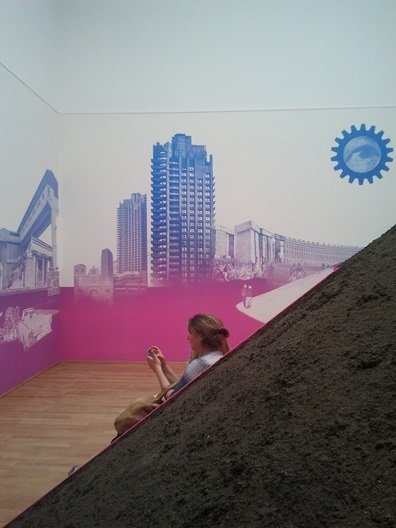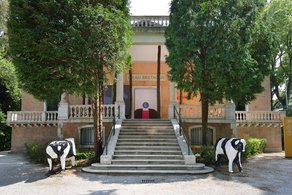A Clockwork Jerusalem
For the 2014 British Pavilion exhibition, we worked with FAT Architecture and Crimson Architectural Historians on the exhibition A Clockwork Jerusalem.
2014 marked the 14th International Architecture Exhibition, La Biennale di Venezia which for the first time ran for six months, from 7 June to 23 November 2014.
The title of the Biennale was 'Fundamentals' and overall Director Rem Koolhaas called on national pavilions to respond to the theme 'Absorbing Modernity: 1914-2014'.
The Exhibition
A Clockwork Jerusalem explored how the international influences of Modernism became mixed with long-standing British sensibilities. It examined how traditions of the romantic, sublime and pastoral, as well as interests in technology and science fiction were absorbed to create a specifically British form of Modernism.
The exhibition focused on the mature flowering of British Modernism; the moment it was at its most ambitious socially, politically and architecturally, but which also witnessed its collapse. A variety of large scale projects offered insights into the way architecture was central to manufacturing a new vision of society at a scale inconceivable in today’s Britain. It explored how the modern future of Britain was built from an unlikely combination of interests and showed how these projects have changed our physical and imaginative landscapes.
The Curators
Founded by Sam Jacobs, Sean Griffiths and Charles Holland, FAT Architecture was conceived to develop architectural culture through design, research and teaching. FAT's work has been characterised by a highly conceptual approach, combining the practical demands of architecture with critical and provocative thinking.
Crimson Architectural Historians is a Rotterdam-based practice that functions as a hybrid planning, design and research facility. Since contributing to the planning for the extension of the railway and neighbourhood in Utrecht’s Leidse Rijn, the office has been involved in the production of numerous books and papers on urban planning.
The Pavilion Sponsors
The Vinyl Factory is an independent British company that works with artists
and creative individuals to produce and collaborate on limited edition
releases, shows, exhibitions and installation works. It is pioneering the development of new spaces in London to house creative and media industries. 180 The Strand will be the first building to house The Vinyl Factory’s innovative concept, the second will be on Brewer Street in Soho and the third in The Old Gillette building in Brentford all to open in 2015.
We also thank Arper for their generous support in providing the pavilion furniture.

